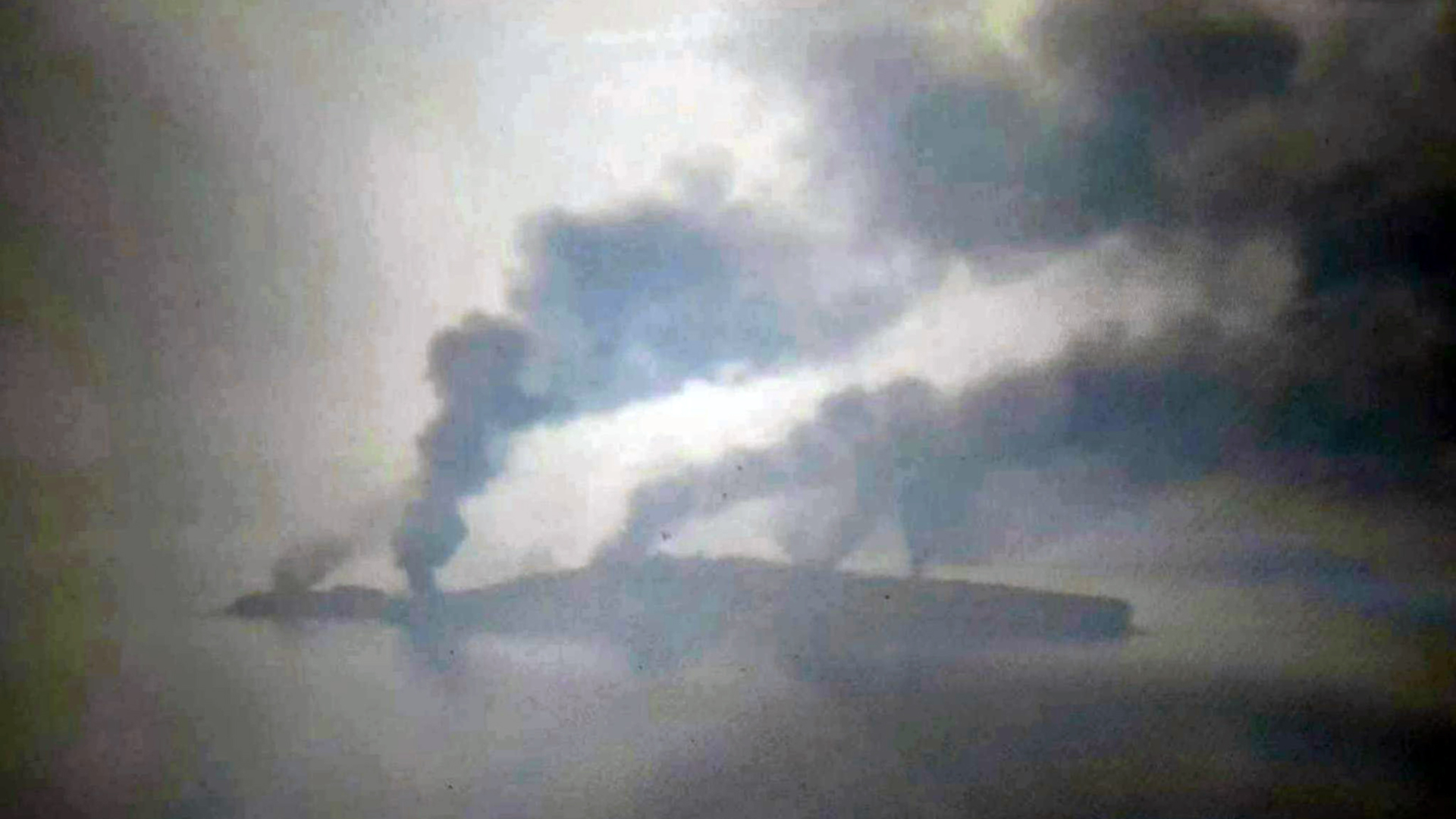The Kremlin has admitted that its forces have evacuated from the hotly contested Snake Island, in the northwestern reach of the Black Sea. Ukraine, for its part, says that its forces — long-range artillery in particular — played a key role in forcing the invaders out. Regardless, this development paves the way for Ukraine to potentially retake the highly strategic outpost, which had been in Russian hands since shortly after the invasion began in late February.

The last Russian forces apparently left Snake Island (also known as Zmiinyi Island) last night, with the Russian Ministry of Defense describing what happened as a “tactical withdrawal” that would allow grain exports from Ukraine’s Black Sea ports. This seems a highly questionable argument, especially as Moscow blames Western sanctions for global grain shortages. It’s also notable that the Kremlin has tried to frame the withdrawal as a goodwill gesture, having made similar claims after Russian forces gave up their offensive to take Kyiv.
“In order to organize humanitarian grain corridors as part of the implementation of joint agreements reached with the participation of the UN, the Russian Federation decided to leave its positions on Zmiinyi Island,” the Russian Ministry of Defense said. Moscow has also called upon Ukraine to demine waters along the coast, to remove the danger to vessels traveling to Black Sea ports. The removal of sea mines is an issue that Ukraine and Russia have argued over in the recent past. The Russian Ministry of Defense also continues to claim that 70 foreign vessels from 16 countries currently remain blocked in six Ukrainian ports, where they face the threat of shelling and mines.
A triumphant tweet sent from Ukraine’s Ministry of Defense stated the following:
“Operational Command South confirms, the russian occupiers have left the Snake Island. They couldn’t stand the weather — the ground was burning under their feet, the sea was boiling, the air was too hot. P.S. russian warships go f…ck yourselves!”
The last part of that statement is a direct callback to the Ukrainian Border Guards that told Russian warships to “go fuck themselves” when they demanded the island be surrendered at the start of the invasion. Their statement became a rallying cry among Ukrainian forces and their supporters.
Meanwhile, the commander of the Ukrainian Armed Forces, Valeriy Zaluzhnyi, said that the Russian troops had departed only after bombardment from Kyiv’s troops and pointed to the effectiveness of the Ukrainian-made 2S22 Bohdana 155mm-caliber howitzer in this campaign. At the same time, Snake Island is at the very edge of the range of many extended-range 155mm shells, raising the question of what type of ammunition was being used. There have been reports that Ukraine has or is about to get Excalibur extended-range guided shells, which would have the range, but there is no indication that this would work with Bohdana.
Considering the limited numbers of Bohdana guns available (potentially only one system), it is certain that other artillery would have been used in the recent bombardment. This could include the new M142 High Mobility Artillery Rocket Systems (HIMARS) and precision-guided 227mm M30/M31 rockets supplied by the United States. We don’t know if any M142s have been in action against Snake Island already, but they would have the range necessary to strike targets there, something The War Zone has noted would be a prime use of these systems.
Ukrainian authorities also reported that the last Russian troops had been forced to flee using a pair of fast boats. These could be the two BL-820 workboats there were recently noted at the dock on Snake Island. Other accounts suggest that as many as five boats were used in the evacuation.
In a statement, Ukraine’s Southern Command said that, as of this morning, explosions could still be heard and the island was covered in smoke. Departing Russian forces likely destroyed their own positions and any valuable structures and equipment to prevent them from falling into Ukrainian hands.
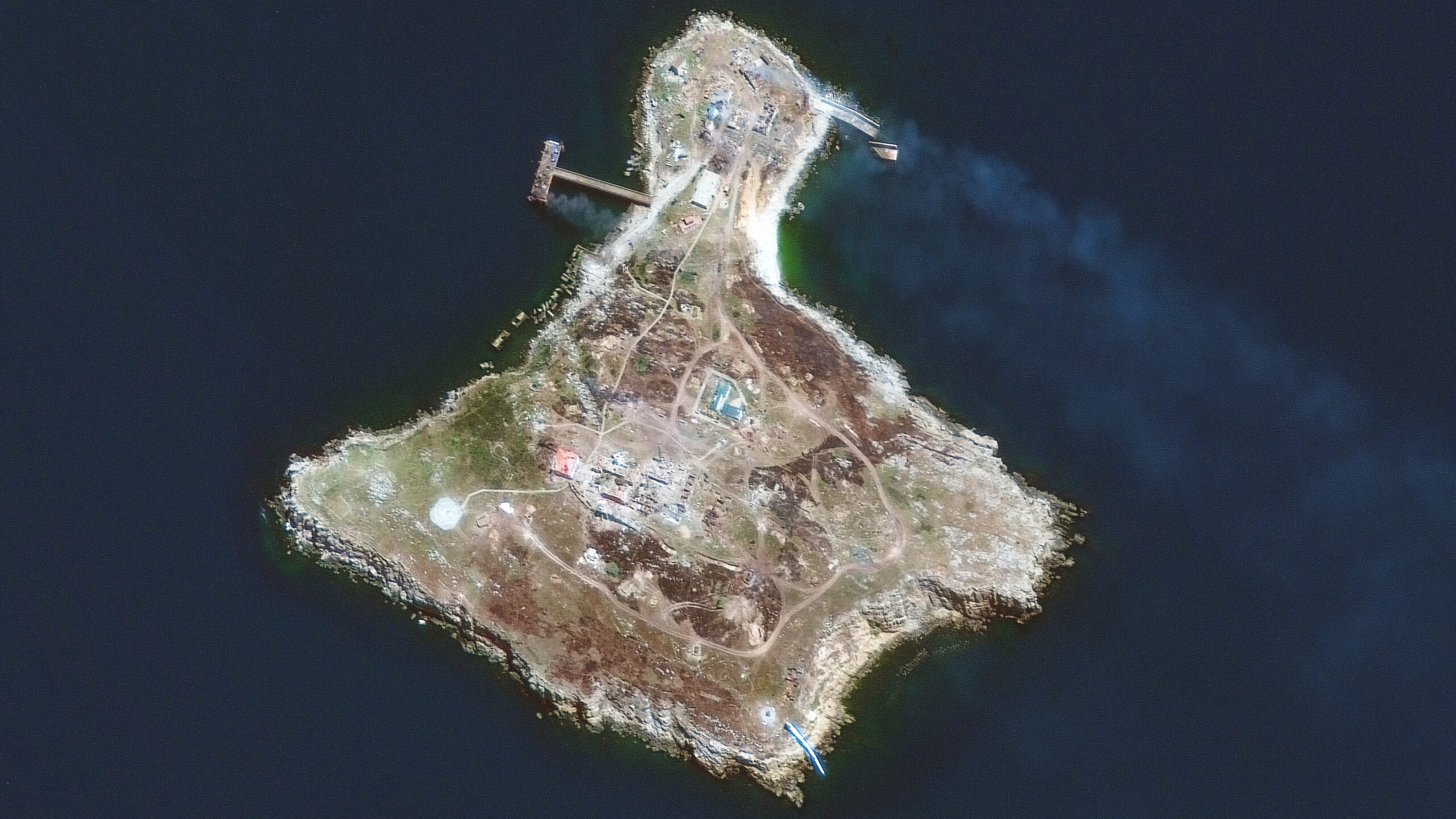
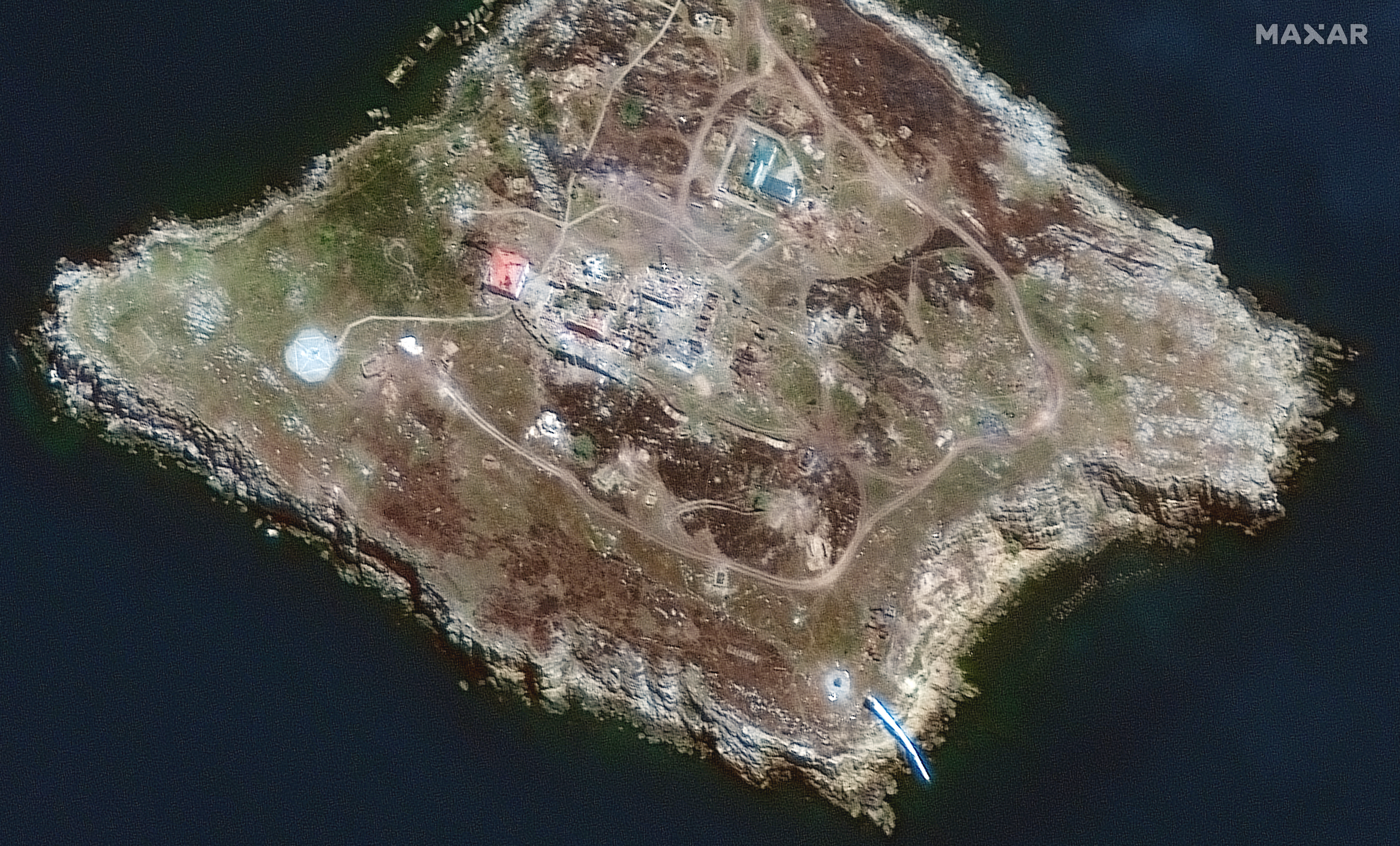
Since its capture by Russian forces in February, Snake Island has come to play a sometimes-pivotal role in the ongoing conflict, with particular influence over the southern theater and the Black Sea region.
The importance of the island as a rallying point for Ukraine’s resistance to Russia’s invasion was established early on. As mentioned earlier, in a now-legendary incident, one of the Ukrainian Border Guards on the island responded to a call to surrender from the Russian Navy cruiser Moskva, then the Black Sea Fleet’s flagship, by saying “Russian warship, go fuck yourself!”
When the Moskva was sunk in April 2022, in an action that Ukrainian and U.S. officials attributed to an attack by Ukrainian Neptune anti-ship missiles, Russian air defenses in the Black Sea were left depleted. This seems to have been at least part of the reason that Russia then sought to beef-up ground-based air defense systems on Snake Island, which were in turn subject to repeated Ukrainian attacks. These left several smaller military vessels sunk or damaged and saw Ukrainian Su-27 Flanker fighter jets and Bayraktar TB2 drones used to strike the island.
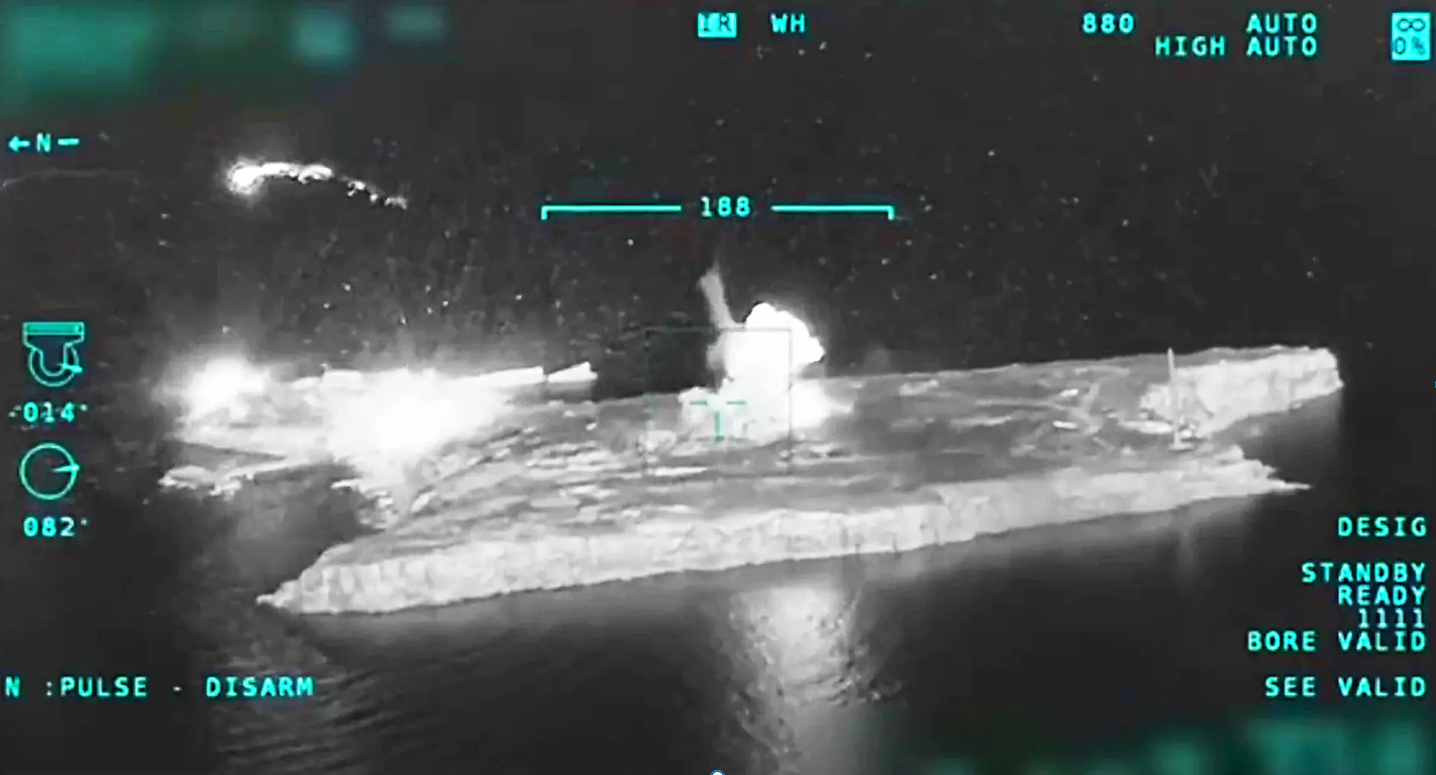
A major Ukrainian operation off Snake Island on May 2 included drone strikes that destroyed two Russian Navy Raptor class patrol boats. You can read our original reporting of that event, which may have been the first time that TB2 drones had been used to sink naval vessels in any conflict, here.
Another significant naval loss for Russia reportedly occurred on May 17, involving a Russian Navy rescue vessel, the Vasily Bekh, which Ukrainian authorities claimed was transporting personnel, weapons, and ammunition to the island. On that occasion, Ukrainian officials said that the ship was hit twice by Harpoon anti-ship missiles, which would represent the first successful combat use of the weapon in Ukrainian hands. Russia, however, has still not officially confirmed the loss of this vessel.
Critical Russian infrastructure in the same region as Snake Island has also come under attack from Kyiv’s forces. On June 20, Ukraine targeted Russian-occupied gas drilling rigs in the northwestern Black Sea. In response, the Russians launched missile attacks on Odesa.
Since then, it appears that Ukrainian efforts to bombard Russian positions on Snake Island were stepped up. Earlier this week, Ukraine’s Southern Command said that there was an “ongoing operation” to liberate the island. For its part, Russia has claimed on multiple occasions to have repulsed Ukrainian amphibious assaults on the island, but no hard evidence of any of these has emerged so far. There have also been recent unconfirmed reports that Russia may have faced difficulty in convincing civilian personnel to go to Snake Island to help support their military operations there. Logistics issues are likely to have also contributed to the withdrawal as the small island became increasingly contested.
Satellite imagery from June 21 showed what appeared to be evidence of successful attacks on Russian positions on the island. The imagery revealed what appeared to be new scorch marks in the central part of the island, as well as around known air defense positions. Another image taken on the 23rd shows massive scorch marks and scarring the eastern side of the island, pointing to more widespread shelling and bombardment of the island.
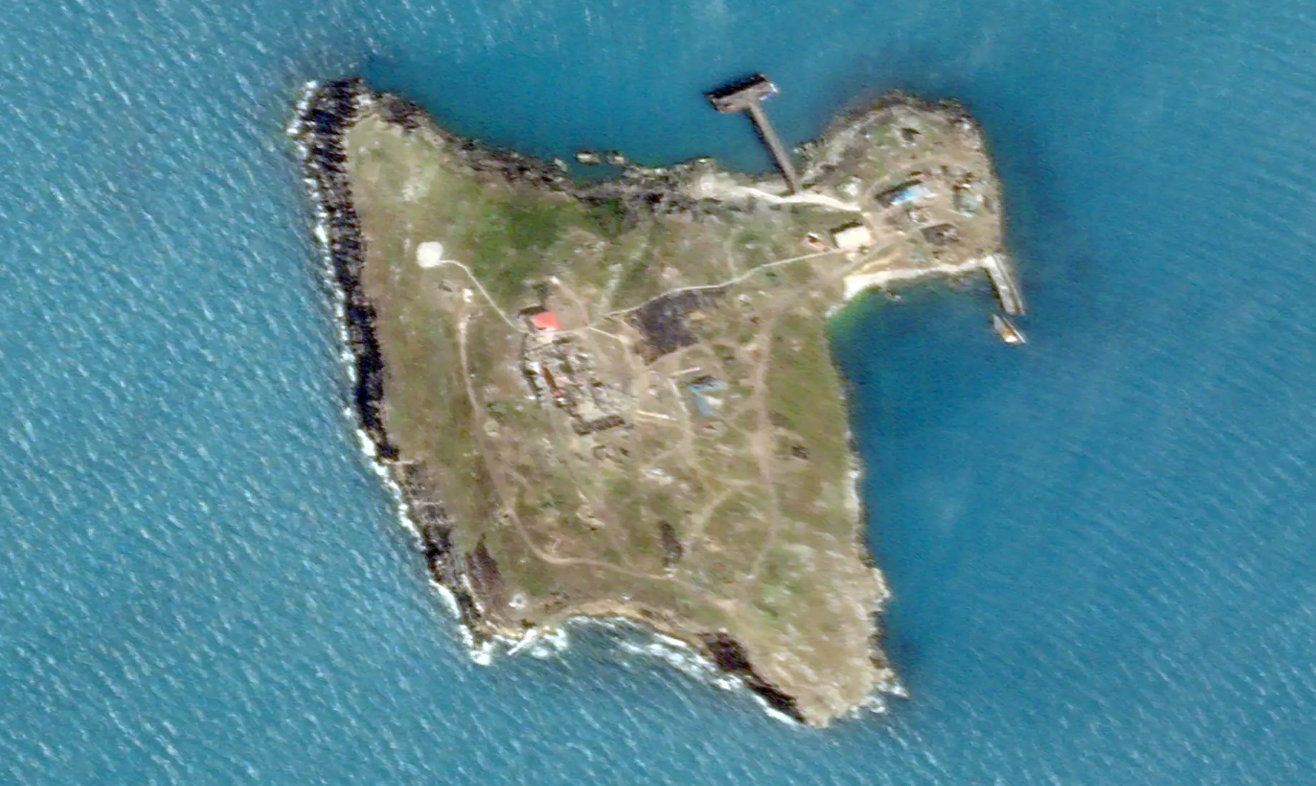

In the days after, a series of videos released by Ukrainian authorities purported to show multiple strikes on the island, including the destruction of another Russian Pantsir air defense system on June 27. This was at least the second time in less than a week that Ukraine claimed to have destroyed Russian air defenses on the island.
Indeed, it seems that the relentless pressure applied by Ukrainian forces was a decisive factor behind the Russian withdrawal, despite official statements suggesting otherwise. The Russian Ministry of Defense apparently claimed on its Telegram Channel that constant attacks by Ukraine had made Russian efforts to hold the island long-term prohibitively costly.
There had also been much speculation in the last months that Snake Island could be used by Russia to help launch an invasion of western Ukraine. Ukrainian military intelligence officials have suggested that an invasion of this kind by Moscow could be used to try and link up with or otherwise support Russian troops already stationed in Moldova’s breakaway region of Transnistria, further to the west. Early on in the campaign, Alexander Lukashenko, president of Belarus, and a key Russian ally, was also seen indicating a map that appeared to show this was part of the plan, at least originally.
As the invasion ground on and the island became an increasingly dangerous place to be, these fears largely evaporated. Still, holding the island and securing its safety would have allowed Russia to bring in long-range air defenses that could target aircraft in western Ukraine. The same could be said for land-attack missiles. It would have also threatened NATO countries very nearby and would have extended the Russian anti-access umbrella deep into NATO territory and across the western Black Sea. As such, even using it to monitor and spy on Russia’s foes would have been of significant value.
As well as its significance to the control of the air and access to western Ukraine, Snake Island’s relevance has also been tied to Moscow’s efforts to blockade Ukraine’s Black Sea ports. With Ukraine being a major supplier of food worldwide before the invasion, this blockade has prevented important grain exports, in turn driving up prices and contributing to severe food shortages in several countries around the world.
Despite the withdrawal from Snake Island, and the Kremlin’s claims of humanitarian concerns, it should also be noted that Russia still has other options to continue the blockade of Ukrainian ports, including using minefields, submarines, surface vessels, aircraft, and long-range missiles from its bases in Crimea. It isn’t exactly clear how much Snake Island contributed to these efforts anyway, as pressure on its occupiers steadily increased.
Regardless of the military implications, Russia giving up Snake Island is a huge propaganda coup for Ukraine. After all, the Russian military has been de facto forced off the island by a country that currently has no meaningful navy to speak of.
It remains to be seen whether the Ukrainian military will attempt to retake control of Snake Island and establish its own presence there and, if they do, how Russia will respond. It could well be the case that the ability of Russian aircraft and missiles to strike the island could make its defense prohibitively costly for the Ukrainians. One could even make the case that it could be something of a trap. Furthermore, Ukraine may consider that the ground-based air defense systems that would be needed to defend the island can be better used elsewhere on the battlefield, especially as Russian cruise missile strikes escalate. At the same time, the island could be used to reach deeper into the Black Sea to execute anti-ship missile strikes against Russian ships and to increase the cost of the blockade on Russian naval forces, if it continues as it has.
It appears clear, however, that the strategic importance of this rocky outpost is in no danger of diminishing any time soon. At the same time, it is stunning that the might of the Russian military and its vaunted Black Sea Fleet could not hold the island against a foe whose combat aircraft measure in the dozens and who has little to no navy of its own.
Contact the author: thomas@thedrive.com
